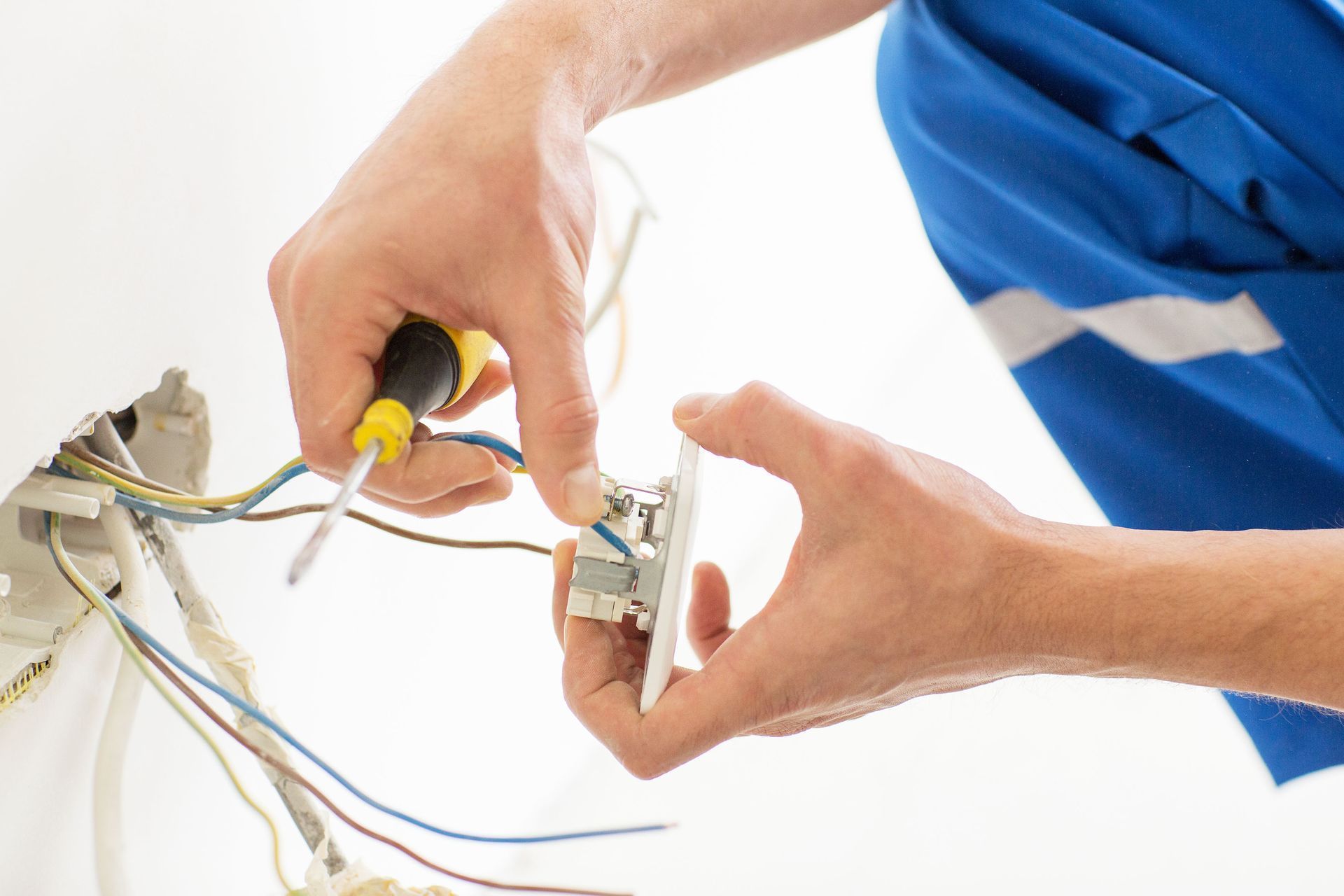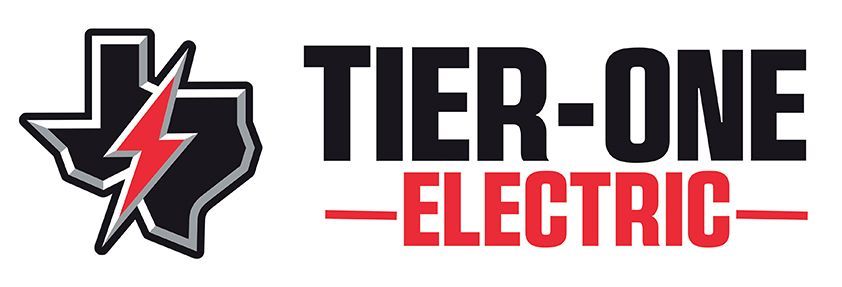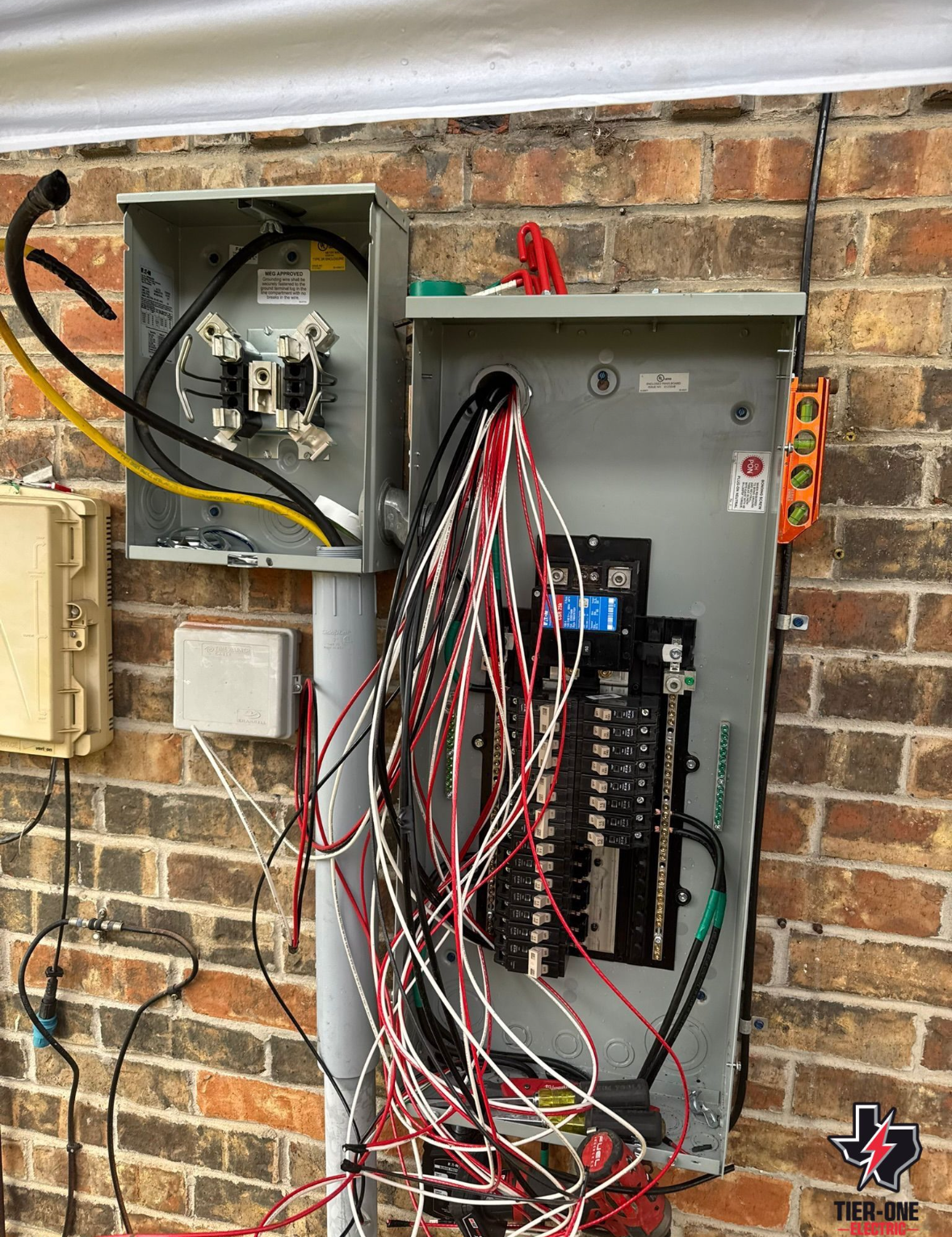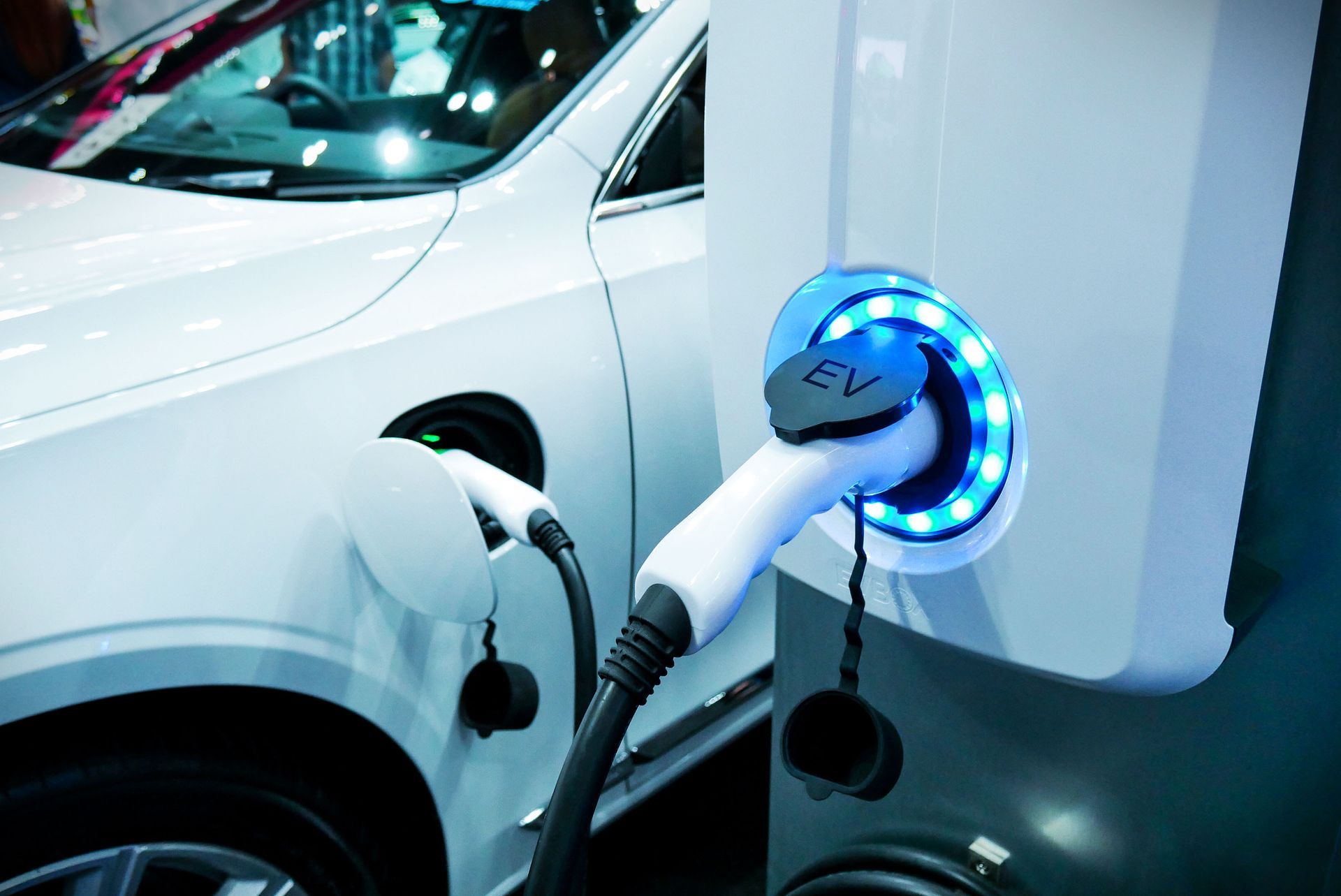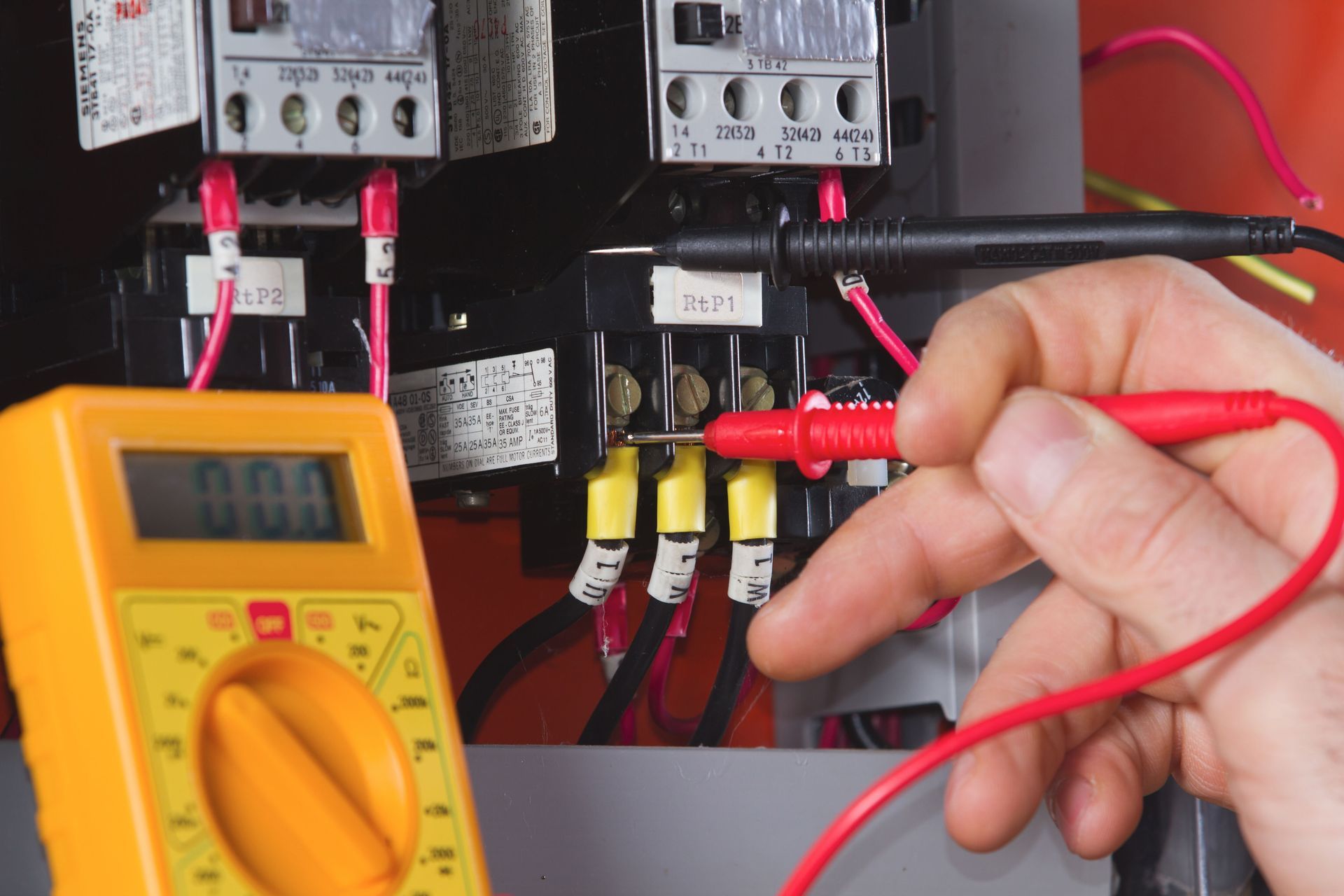August 7, 2025
Most people think of an electrician as someone who installs light fixtures or fixes faulty wiring. While that remains true, modern electricians now perform a wide range of services that support smart homes, renewable energy, commercial systems, and historical preservation. As technology and sustainability take center stage, the role of an electrician has evolved into something far more dynamic. This guide explores lesser-known electrician services that homeowners and businesses can benefit from—often without realizing it.
1. Smart Home and Automation Services
Today's homes are getting smarter, and behind every automated light, thermostat, or camera is often an experienced electrician. These professionals install and configure smart lighting systems that allow users to control brightness, colors, and schedules using apps or voice assistants. These lighting systems improve energy efficiency, comfort, and even security.
Another key area is the installation of smart thermostats. These devices adapt to homeowners' usage patterns and help regulate temperature more efficiently. An electrician ensures the thermostat is connected properly to HVAC systems and the Wi-Fi network to operate smoothly.
Security is also a growing concern for homeowners. Smart surveillance systems, door sensors, and motion detectors can all be wired and integrated by an electrician. With the correct setup, homeowners can receive live video feeds, motion alerts, and automated responses such as turning on exterior lights when motion is detected.
Smart home hubs serve as control centers for lighting, heating, and security. An electrician wires and configures these systems to ensure that all connected devices are compatible and perform reliably. They also troubleshoot connection issues and provide ongoing support when systems need upgrading.
Energy monitoring tools, often connected to home automation platforms, give homeowners insight into their energy use in real time. An electrician installs these systems so homeowners can track usage by appliance or room, enabling informed choices that reduce costs and environmental impact.
2. Renewable Energy Installation and Support
Electricians are leading the shift to renewable energy by installing solar panels and connecting them safely to the power supply. Proper wiring, panel alignment, and integration with the main electrical panel are crucial, and only a trained electrician can ensure full system safety and compliance with code.
Wind turbine more common in rural service. An electrician ensures that the turbine feeds clean, consistent power to the property's electrical system and configures storage or conversion equipment where needed.
Battery storage is becoming a must-have for homes that use renewable energy. An electrician installs batteries that store excess solar or wind power for use during outages or after dark. These setups include inverters and control systems that regulate power flow between the battery, grid, and home.
Inverters convert the direct current (DC) electricity generated by solar panels or turbines into alternating current (AC), which is usable by standard household devices. An electrician not only installs but also fine-tunes these units to ensure proper voltage output and system efficiency.
Before installing a renewable energy system, an electrician may perform a complete audit to assess a property's compatibility. This includes inspecting wiring, evaluating power demands, and advising on panel placement and system size. Such audits ensure safety and optimal performance from day one.
3. Commercial Electrical Services
Businesses rely on electricians for much more than simple wiring. In retail environments, electricians design lighting layouts that highlight products, increase visibility, and enhance ambiance. These lighting systems are also built to reduce power usage and improve cost efficiency through LED technology and automation.
Many industrial operations require three-phase power to operate large machinery efficiently. Electricians install and maintain these systems, balancing loads and ensuring voltage consistency. This setup provides businesses with more reliable power and fewer interruptions.
Automated control systems for manufacturing facilities also fall under the purview of electricians. These systems control conveyor belts, robotic arms, and production processes using custom wiring and programming. An electrician ensures every component communicates properly and responds to sensor data.
Data infrastructure is a growing concern for office buildings, retail chains, and warehouses. Electricians install and test network cables that connect computers, routers, and security devices. These cabling systems must be shielded and routed properly to avoid interference and performance loss.
Energy Management Systems (EMS) track energy usage in real-time, helping businesses reduce waste. Electricians configure EMS platforms to analyze data and support cost-saving initiatives. These systems can also detect irregular consumption patterns that signal equipment failure, helping prevent downtime and costly repairs.
4. Safety-Focused Electrical Inspections
Thermal imaging inspections are a modern diagnostic tool that electricians use to identify hotspots in panels, wires, or circuits. These scans detect problems like loose connections or overloaded circuits that could eventually lead to electrical fires.
Electricians also perform detailed electrical code compliance inspections. These evaluations identify outdated or dangerous installations and ensure all wiring and devices meet the most recent local and national safety codes. Regular compliance checks help property owners avoid costly violations and insurance issues.
Circuit overload assessments are another critical safety service. These services are so vital that the U.S. electrical services sector was estimated to be worth approximately $165 billion in 2024, and forecasts suggest it could nearly double to around $295 billion by 2034, according to data from Global Market Insights. An electrician calculates how much power each circuit can safely carry and compares it to current use. If a circuit is overloaded, the electrician may redistribute loads or recommend an upgrade to prevent damage or fire hazards.
In industrial settings, electricians conduct arc flash assessments. These studies determine the risk level of equipment and define safe working distances. Electricians label equipment accordingly and help businesses comply with OSHA safety standards.
Ground faults can pose serious safety risks, causing equipment damage or electrical shock. An electrician uses testing tools to locate faults and re-establish proper grounding, which is essential for both safety and code compliance.
5. Specialty and Historic Building Services
Older homes often still contain knob and tube wiring, which lacks modern insulation and grounding. Electricians replace these outdated systems with modern wiring while minimizing disruption to the home's structure or aesthetics.
Restoring antique light fixtures is a growing trend in historic renovations. An electrician disassembles, rewires, and retrofits these fixtures with safe, modern components while retaining their original look and charm.
In heritage homes, updating electrical systems without compromising architectural details is no small task. Electricians perform full system upgrades, replacing panels and running new wires while preserving woodwork, moldings, and plaster walls.
Custom lighting fixtures are often needed in historic or uniquely designed buildings. Electricians collaborate with designers to fabricate one-of-a-kind lighting elements that match the space while meeting all modern safety standards.
Heritage compliance is mandatory in many historic areas. An electrician ensures all work aligns with preservation codes, coordinating with local boards or conservators to strike the right balance between innovation and tradition.
6. Emergency Power and Disaster Support
Generator installation is one of the most requested backup power services. Electricians handle everything from generator sizing to panel integration and load balancing. They also provide regular maintenance to ensure reliable performance when it's needed most.
Uninterruptible Power Supply (UPS) systems are essential for hospitals, server rooms, and businesses that rely on continuous power. Electricians install and test these systems to provide instant power during short outages or while switching to generators.
Emergency lighting is another critical area. Electricians install exit signs and hallway lights that turn on automatically during a power failure, ensuring safe evacuation in offices, schools, and public venues.
Surge protection is more than just plugging into a power strip. Electricians install whole-home or facility-wide surge protection at the panel level, defending sensitive equipment against voltage spikes caused by storms or grid instability.
In the aftermath of disasters, like floods or fires, electricians help restore electrical systems quickly and safely. This includes assessing damage, setting up temporary power, and making code-compliant repairs during recovery efforts.
The scope of work performed by electricians today has broadened far beyond what many realize. They play a key role in implementing smart home technologies, enabling renewable energy systems, supporting commercial growth, maintaining historic sites, and restoring power during emergencies. Whether you're a homeowner looking to upgrade or a business in need of energy solutions, the modern electrician is not just a service provider; they're a strategic partner in safety, efficiency, and innovation. Contact Tier-One Electric: we pride ourselves on reliable electrical services for all your residential and commercial needs!
